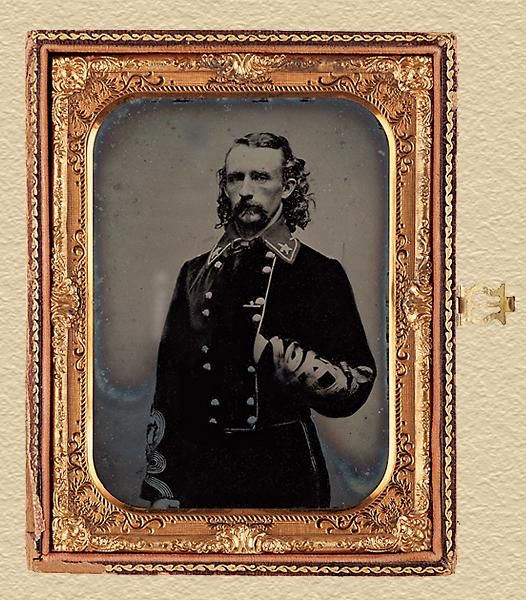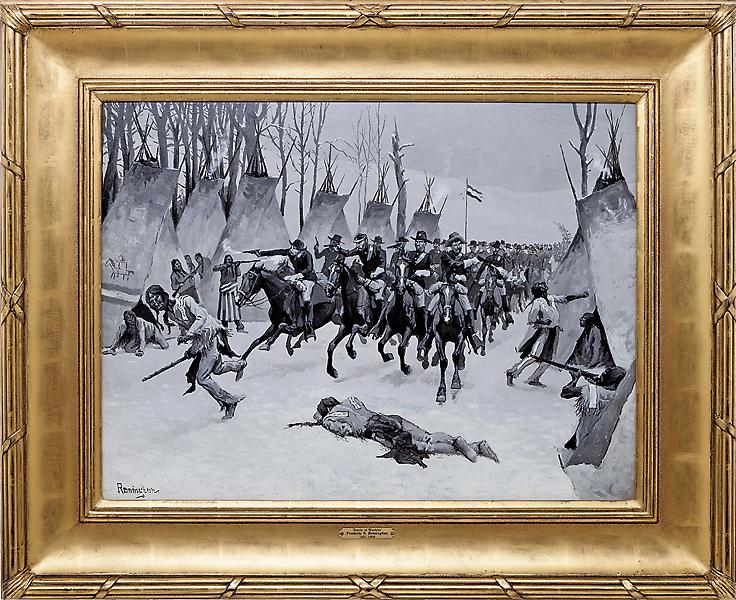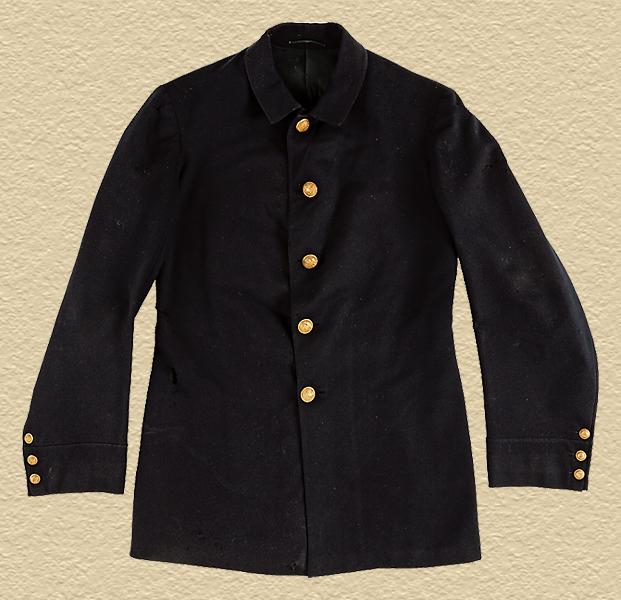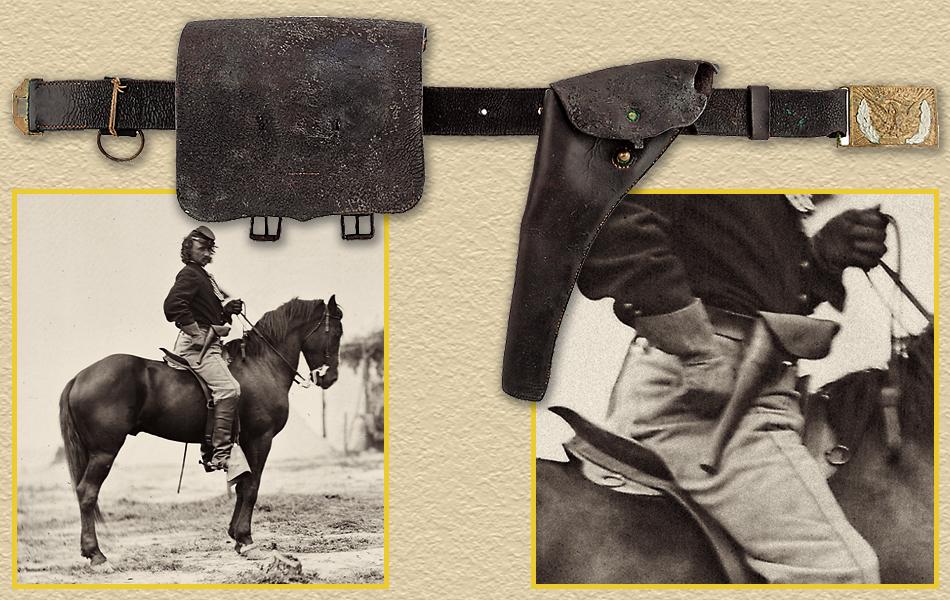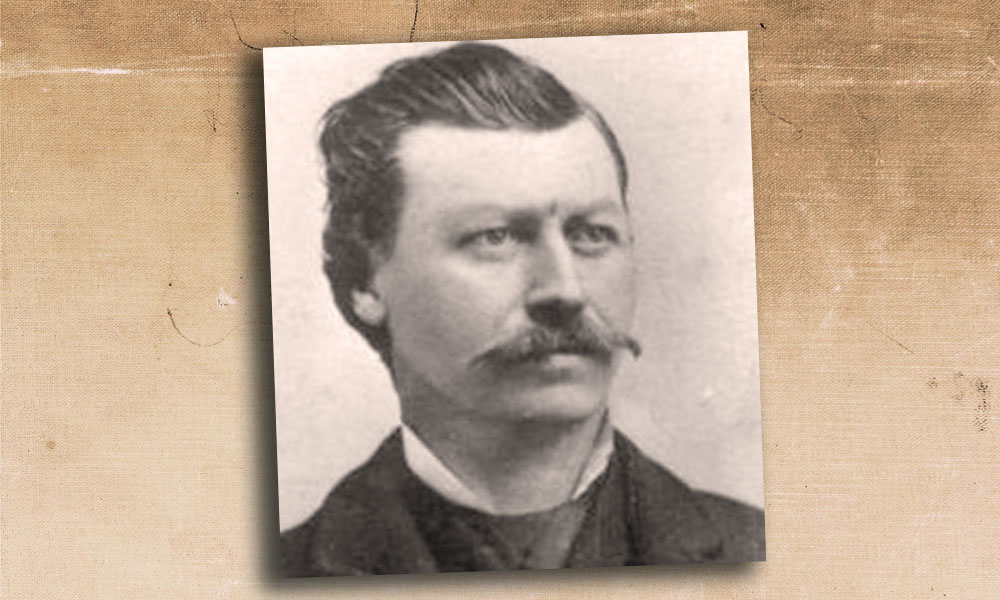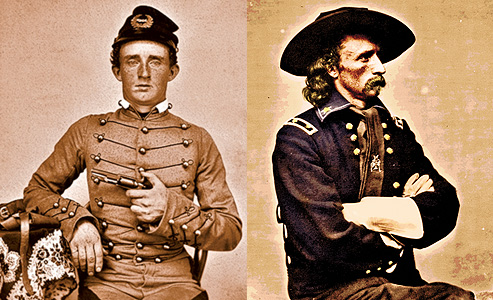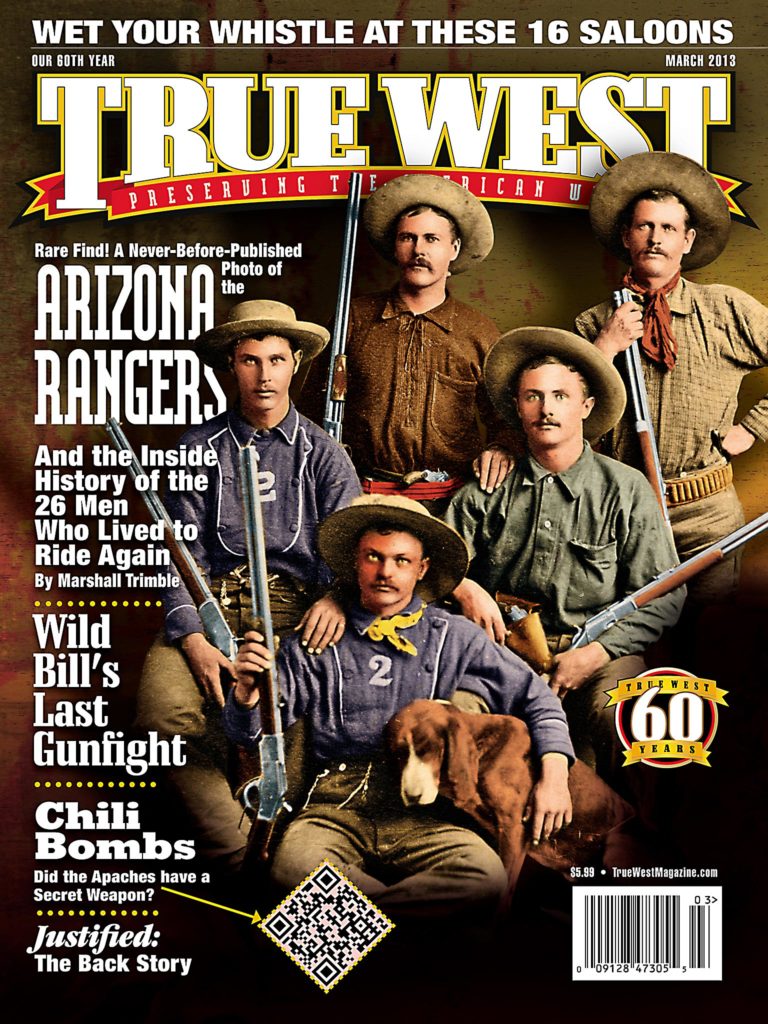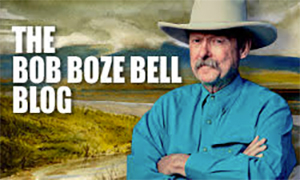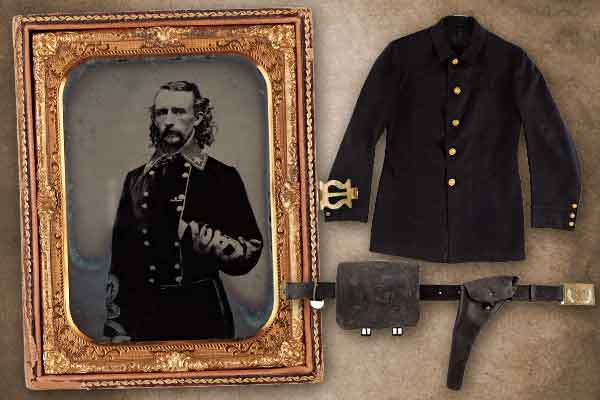 There must be five hundred pictures of Custer’s Last Stand, and not two dozen of the Washita,” wrote renowned art historian Brian Dippie in 2009.
There must be five hundred pictures of Custer’s Last Stand, and not two dozen of the Washita,” wrote renowned art historian Brian Dippie in 2009.
One of those two dozen sold as the top George Armstrong Custer lot at Heritage Auctions on December 11-12, 2012, an original oil that Frederic Remington painted to illustrate Edward Eggleston’s 1888 book, A History of the United States and its People.
Eggleston described Custer’s attack on Black Kettle’s Washita village as soldiers who “fell upon the sleeping savages at daybreak, defeating them with great slaughter.” Yet, as Dippie noted of Remington’s portrayal of the Battle of Washita, created just 20 years after the November attack, “‘Great slaughter’ of the defenseless is not the stuff of which heroic epics are made.”
Custer’s epic defeat attacking another Indian village, this time at Little Big Horn, in 1876, did earn the boy general hero status. Which explains why another type of Custer picture, a photograph, generated excitement among collectors.
“We all know that Custer photos are very common,” says Robert G. McCubbin, who owns the world’s largest Western Americana photograph collection. “His vanity must have been huge to have so many photos taken during his short lifetime. He was supposed to be an Army man, not a showman, like Buffalo Bill. And Buffalo Bill lived until 1915, while Custer died in 1876! But if a serious collector could have one Custer photo, it should be this one.”
The Custer photo is not only one of a kind, being that it is an ambrotype, but only one other close to it exists, and that one is cracked. Taken at the same sitting, yet slightly different, that photo is owned by the Smithsonian.
Custer fans, feast your eyes upon these collectibles, some of the most meaty among the Custer lots that earned the original owners a total of nearly $525,000.


